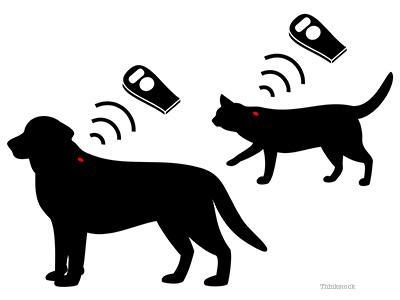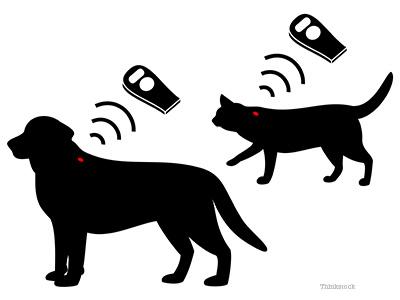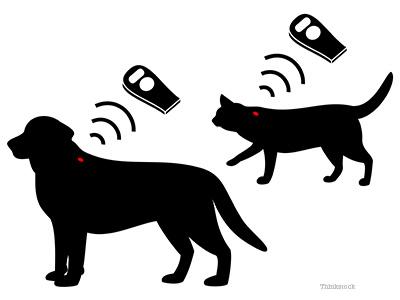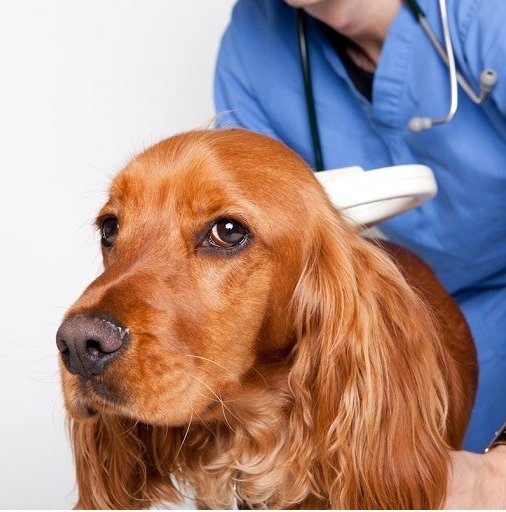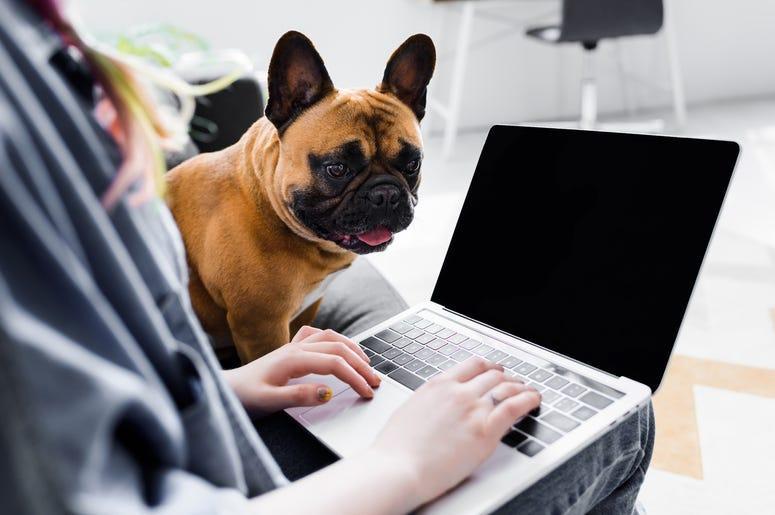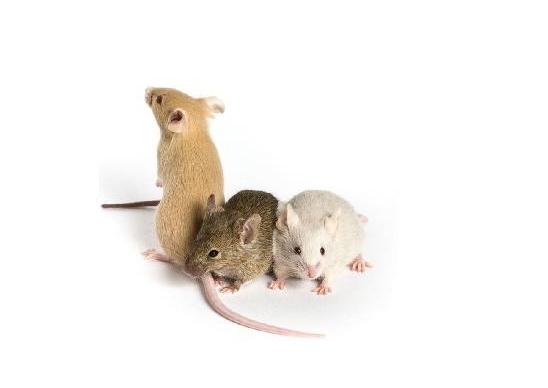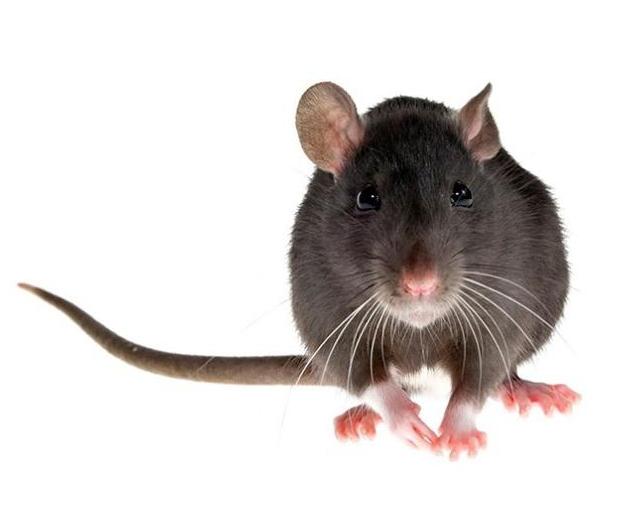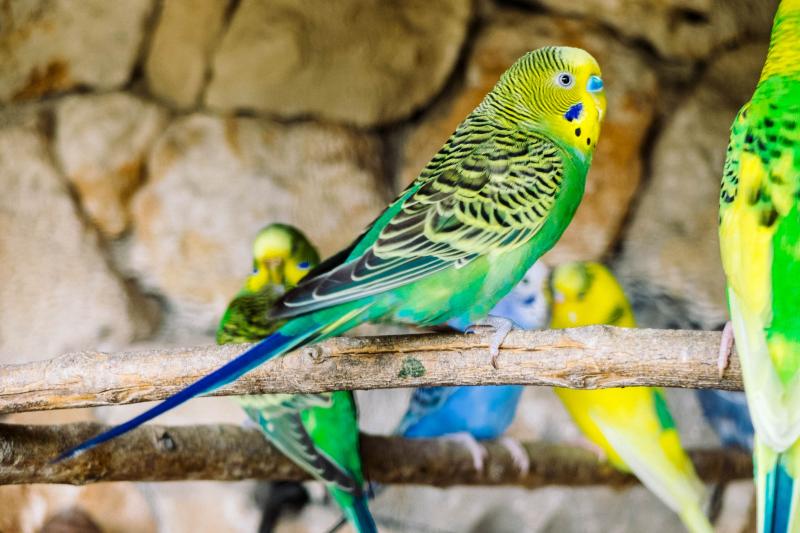Since 2012, 49,862 pets with a Viaguard registered microchip were reported lost. At the start of 2016, 47,522 were found giving our program a 95.3% success rate (highest for any program), and we are still continuing to look for the rest.
Our extensive, computerized, wide reaching network is your best chance at recovering that lost pet. We leave no stone unturned, because a pet is part of your family.
- OFFICIALLY APPROVED FOR REGISTRATION
- CANADIAN KENNEL CLUB
- AMERICAN KENNEL CLUB
- NATIONAL COMPANION ANIMAL COALITION(NCAC)
WHY MICROCHIP?
A microchip is a capsule about the size of a grain of rice that contains a computer chip with an alphanumeric unique code. Microchips are sterile and biologically inert and will not cause a reaction in pets. All microchips are clinically precision tested by Viaguard before being sent for implant.
The life of the microchip will exceed by far the life of the pet. If a lost pet is found by a pet rescue, SPCA, or veterinarian they will routinely scan for a microchip number if one is present. If one is found, they will contact registering agencies like Viaguard. Once notified, Viaguard will immediately notify the registered pet owner.
Storage of a DNA sample means that if in the future for any reason you require a DNA profile of your pet it can be determined by a Viaguard DNA test.
TO REGISTER YOUR MICROCHIP NUMBER
E-mail Viaguard at info@accu-metrics.com with the last 6 digits of the barcode number on the package. Include ownership details for ease of contact should the pet be lost.
TO REGISTER YOUR DNA SAMPLE
Mail back the capped properly sealed syringe and one copy of the barcode label from the package to Viaguard.
CANINE BREEDERS EXCLUSIVE MICROCHIP PROGRAM
Viaguard gives breeders who wish to on premise, microchip, or have their dogs microchipped by a veterinarian, two important options.
HOW TO MICROCHIP - READ FULLY BEFORE PROCEEDING OR SEE YOUR VETERINARIAN
Dogs & Cats
The sterile disposable needle contains a tiny rice-sized microchip which is sterile and biocompatible. The ultrafine needle will be inserted at the back of the neck between the shoulder blades and the discomfort level is no greater than clipping a toenail. The microchip when inserted will fuse with the connective tissue just under the skin.
Depending on the temperament of the animal, you may require someone to safely restrain the animal for the second or two it will take to insert the microchip. There should be no pain or discomfort to the animal.
Cut open the sterile pack containing the syringe and retain the barcodes. You will need them to complete registration and to optionally register your pets’ DNA with Viaguard.
Remove the guard from the needle, place the bevel surface up and perforate through the skin. The microchip has now been permanently inserted.
If you wish to have permanent storage of your pets DNA, recap the needle. Its tip contains sufficient cellular material that if ever needed can provide a complete DNA profile of your pet. This material will be stored by Viaguard for the estimated life of your pet.
Birds
Birds have the microchip inserted in their breast muscle and the bird must weigh at least 100g to be of sufficient size for this procedure. Small birds such as budgies, etc. are not ideal candidates for microchips. You will definitely need someone to carefully restrain the bird during the process.
Veterinarians frequently anaesthetize the bird for this procedure. There is minimal pain and discomfort to the bird but the Avian temperament must be dealt with.
Insert the needle bevel side up into the breast muscle at about a 45 degree angle to enter replace the above bird section on the full page of the viaject preloaded microchip syringe above with the submitted file
HOW TO MICROCHIP - READ FULLY BEFORE PROCEEDING OR SEE YOUR VETERINARIAN
Dogs & Cats
The sterile disposable needle contains a tiny rice-sized microchip which is sterile and biocompatible. The ultrafine needle will be inserted at the back of the neck between the shoulder blades and the discomfort level is no greater than clipping a toenail. The microchip when inserted will fuse with the connective tissue just under the skin.
Depending on the temperament of the animal, you may require someone to safely restrain the animal for the second or two it will take to insert the microchip. There should be no pain or discomfort to the animal.
Cut open the sterile pack containing the syringe and retain the barcodes. You will need them to complete registration and to optionally register your pets’ DNA with Viaguard.
Remove the guard from the needle, place the bevel surface up and perforate through the skin. The microchip has now been permanently inserted.
If you wish to have permanent storage of your pets DNA, recap the needle. Its tip contains sufficient cellular material that if ever needed can provide a complete DNA profile of your pet. This material will be stored by Viaguard for the estimated life of your pet.
Birds
Birds have the microchip inserted in their breast muscle and the bird must weigh at least 100g to be of sufficient size for this procedure. Small birds such as budgies, etc. are not ideal candidates for microchips. You will definitely need someone to carefully restrain the bird during the process.
Veterinarians frequently anaesthetize the bird for this procedure. There is minimal pain and discomfort to the bird but the Avian temperament must be dealt with.
Insert the needle bevel side up into the breast muscle at about a 45 degree angle to enter replace the above bird section on the full page of the viaject preloaded microchip syringe above with the submitted file.
The Overview On Microchips For Pets
Slightly larger than the head of a pin,, a Viaguard microchip is a radio-frequency identification transponder made up of just a few components encased within a slender capsule of bioglass, which is used extensively for implants in animals. Viaguard microchips have anti-migration features to ensure capsules stay in place by bonding with the tissue under the animal’s skin.
A microchip’s sole function is to store a unique ID number that that links to a complete data storage system in our computer system..—it differs from a Global Positioning System, which is used for tracking, and requires a power source such as a battery.
When a microchip scanner is passed over the skin of a microchipped pet, the implanted microchip emits an RF (radio frequency) signal. The scanner reads the microchip’s unique ID code that is exclusive and registered to Viaguard Most animal shelters and veterinary hospitals in the U.S. have global scanners that read pet microchips and will identify it as a Viaguard coded number and contact us..
Often, when a pet is lost, the owner or breeder contacts Viaguard, and using the microchip number, owner or breeders name, or even telephone number, we will send out an alert in a abroad area where the pet was lost to veterinarians, shelters etc to be on the lookout for this particular pet.
Microchips are passive devices, which means they have no internal energy source. They stay dormant until they are activated by a scanner.:are used by Viaguard.. This microchip is defined by specifications developed by the International Standards Organization or commonly known as ISO. The microchip ID code format for this chip is defined as a 15-digit numeric code that uses 0-9, where the first three digits represent a country code or a manufacturers code. This frequently is considered the “global standard” for pet microchips, and is used by the rest of the pet microchipping world.
Virtually all shelters and veterinary clinics have scanners. It is estimated that by early 2012, there were already over 100,000 “universal scanners” in the U.S.—scanners that read all frequencies of microchips ever sold here, including the new ISO standard. Many leaders in animal health recommend the new ISO standard, including the American and Canadian Veterinary Medical Associations and the American and Canadian Animal Hospital Associations. as well as most kennel clubs. and breeders.
THE VIAJECT PRELOADED SYRINGE WHICH WE SUPPLY SETS A HIGH STANDARD..
If you have any questions with respect to ordering your pet microchips, please call us at 1-416-691-4167 or 1-877-842-4827.

